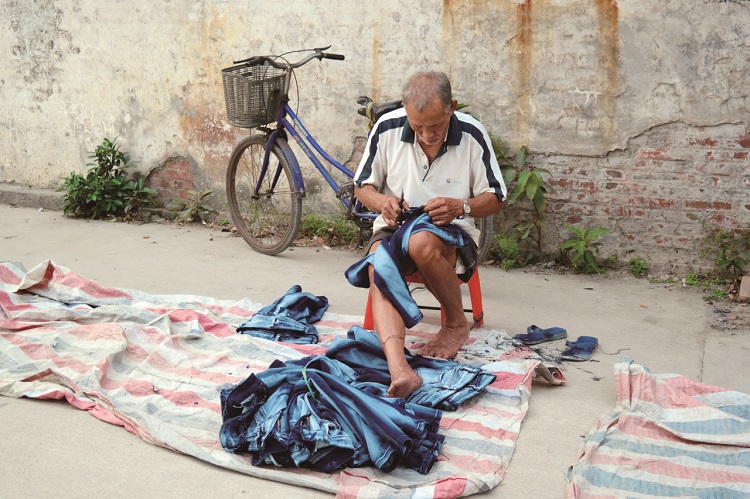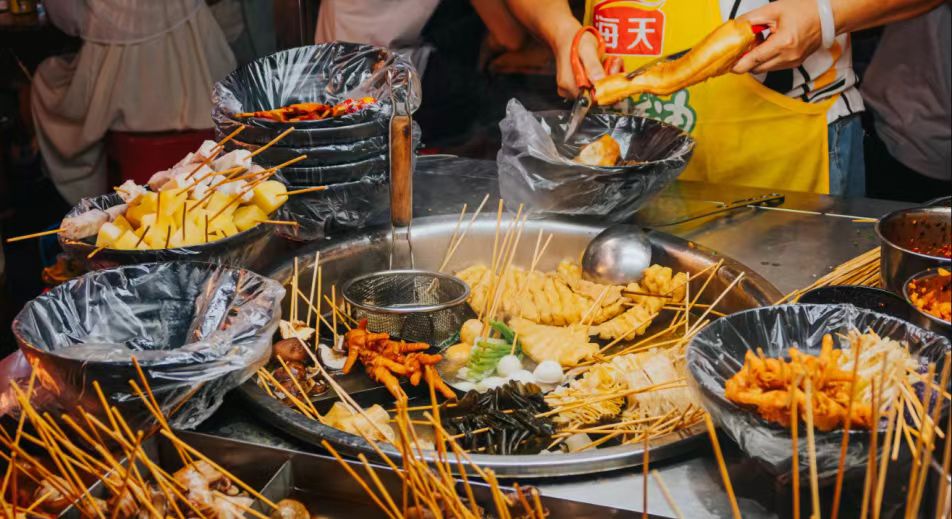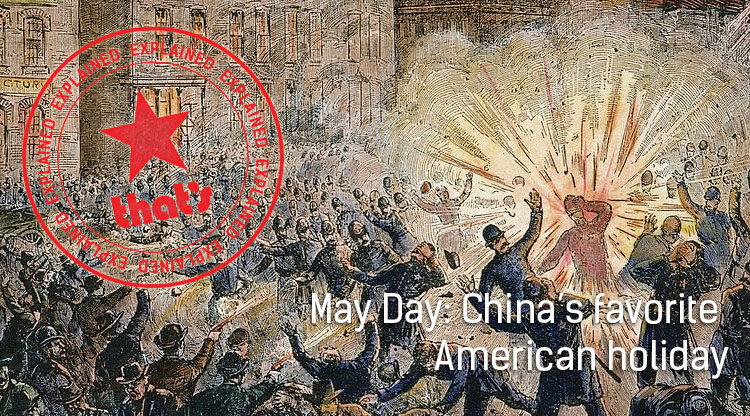Picture your all-time favorite pair of jeans. If you bought them abroad, there’s a one-in-three chance that they were manufactured right here in Guangzhou – in the back alleyways of Xintang Town, east of the Guangdong Olympic Stadium. If you made the purchase within China, that probability increases to one in two.
Not many have heard of the small city of factories that silently pump out over 800,000 pairs of jeans every day, though there may be good reason for that. Four years ago, the Xintang International Jeans City endured months in the limelight both at home and overseas, though headlines focused less on the town’s applaudable production rates and more on the costs of pollution.
Today, Xintang residents rarely speak of the past. Censors have blocked access to online photographs of children slumped over piles of jeans while stained manila ceiling fans fight dampness overhead. The two-story wholesale jeans market on the outskirts of Xintang is still open to the public, but vendors are in no mood for conversation.
“I’m not sure where our factory is,” responds a girl of around 18 when we ask where her shop’s jeans are produced. She sounds genuine enough. We continue down the narrow hallway of the warehouse, dodging heaps of packaged jeans and frightening manikins, camera all the while dangling foolishly around our neck. So it went: seller after seller played dumb, speaking hesitantly even in the face of innocuous questions.
The trepidation silencing Xintang is not surprising in light of its past. In 2010, a casual stroll away from the muggy haze clogging Dadun Village would have left one face to face with a Pearl River tributary awash in indigo. Satellite images of Xintang’s infamous “ink river” once filled newspapers from Foshan to France. A direct result of dyeing and washing the jeans – a necessary step in manufacture to distinguish Wal-Mart quality from True Religion – the polluted waterways were just one of many causes for concern, qualms that eventually led to city-wide riots in 2011. As local residents and migrant workers took to the streets, factory owners were squeezed between global brands demanding cheaper production costs and new labor laws that empowered workers to fight for higher wages. Quadrupling cotton prices and intensifying pollution soon added to the mix – in 2010, Greenpeace reported that cadmium levels in local groundwater tested 128 times that of national standards – and many factories had no choice but to shut down.
Today, most surviving factories produce patterns for domestic labels only, though Luo Shuiping, a merchant at Xintang International Jeans City, assures us that global exchange is still alive and well. “We get a number of foreign visitors from time to time,” remarks Luo. “They buy in bulk for individual shops in Russia, Africa and sometimes even the US.” Jeans sold at the warehouse are strikingly cheap. We pay just RMB70 for a pair of acid-washed skinny jeans from Luo’s shop.

Conditions have improved somewhat in Dadun since the media furor – we didn’t find any blue rivers but did spot a neon-green one – yet local residents remain tied to their economy’s chief source of profit. Like shopping in Mong Kok, production tasks are separated by street, giving the illusion of a town checkered in various to-do lists. One road is lined with open doors that give passersby a peak into dimly lit rooms packed with sewing machines. An adjacent alleyway is devoted to fastening metal buttons and zippers onto each garment, while all washing and dyeing takes place in yet another section of town.
As we drive deeper into the village, bustling motorcycles and grimy convenience stores give way to farm fields. Long gazebos beautify stone walkways bordering the East River, subtle testaments to the wealth generated by this controversial industry. Local residents relish the afternoon sun as if hellish factories are not half a kilometer away but halfway around the world. Some cast their fishing lines; others nap under the shade of woven branches while most gather around stone tables to catch the thrills of a chess match.
Even in the most remote parts of the Xintang countryside, one can still find clusters of retirees bent over heaps of jeans, scissors in hand, clipping away stray threads to the beat of global demand.
Though national officials have their sights set on fighting pollution and becoming a service-oriented economy, decisions made at the local level look starkly different. In September of this year, Zengcheng officials announced a scheme to upgrade specialized wholesale markets in the area and named Xintang’s jean manufacturing hub as one of its two main targets. The policy will encourage more international operations and exhibitions in an effort to “build (Xintang) into the largest jeans distribution center in China and even in the world.”
Towns like Xintang are trapped in the reality that they offer better infrastructure and larger-scale production capability than countries like Cambodia, the Philippines or Indonesia. Local officials also know that it’s difficult to replace a decade-old industry overnight, especially when an entire town is literally paved to suit that one type of manufacturing.
So for now, Xintang carries on. Amidst the buildup of toxic chemicals in nearby waterbeds and despite the gravities of production, this small town wakes up each and every morning to play its part in the world, long after our headlines have disappeared into yesterday’s news.
// Photos by Jocelyn Richards. The Xintang International Jeans City offers discount denim products and is open to the public daily from 10am-6pm. Donghua Section, Guangzhou-Shenzhen Express Way (East), Xintang 新塘广深公路东华路段新塘国际牛仔城 (137 2984 1258)





















0 User Comments